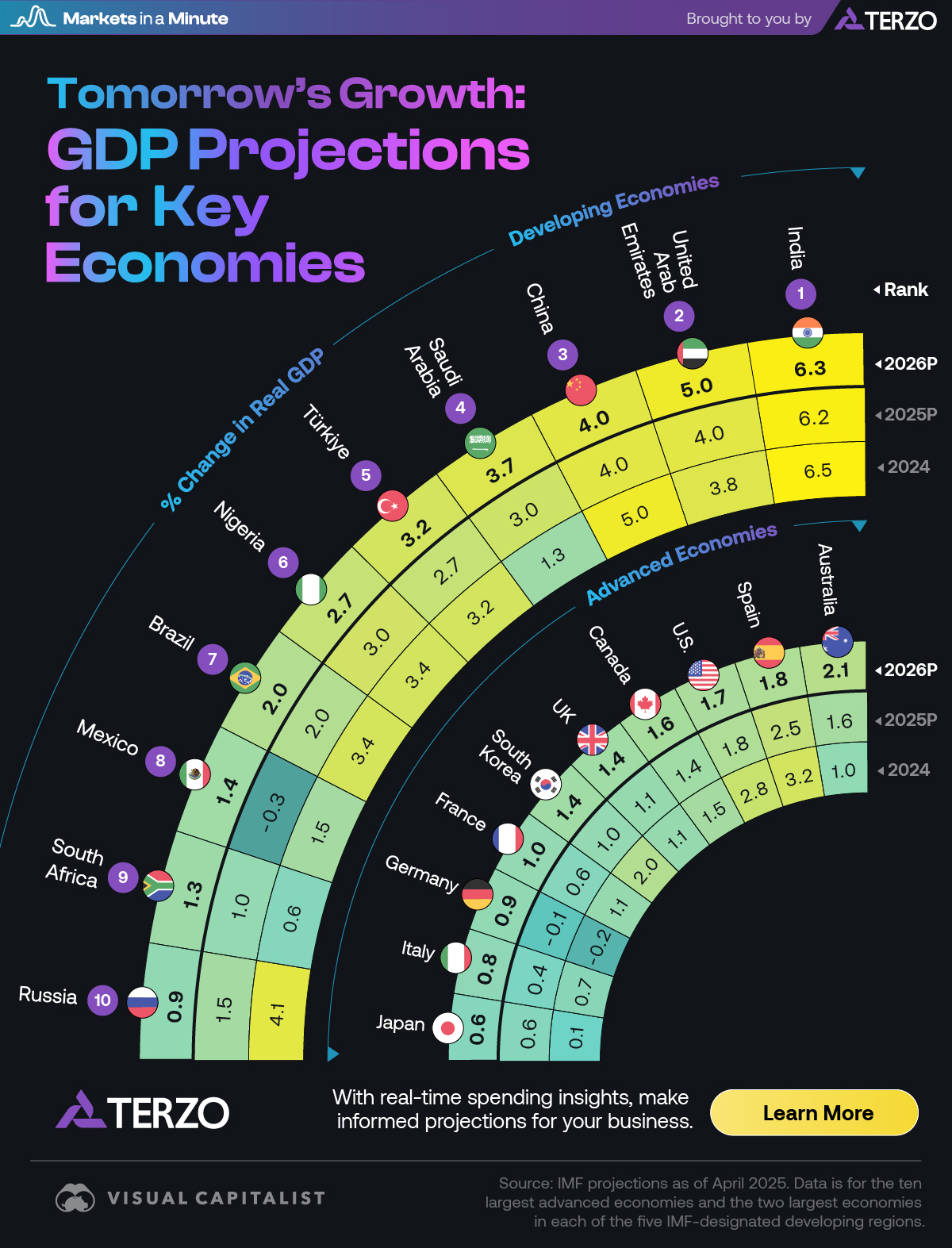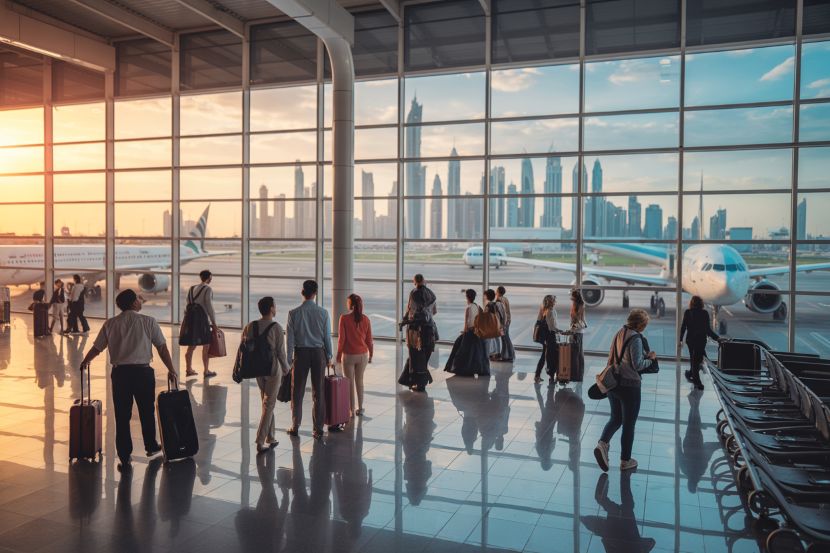Economic Report: Brazil’s Development Trajectory and Alignment with Sustainable Development Goals (SDGs)
Overview of Economic Sectors and SDG Contributions
Brazil’s economy is characterized by a diversified and robust structure, with significant contributions from the mining, agricultural, and manufacturing sectors, complemented by a rapidly expanding service industry. This economic profile presents both opportunities and challenges in the context of the 2030 Agenda for Sustainable Development.
- Primary Sector: Brazil is a global leader in the production of key minerals and agricultural goods. This capacity is central to achieving SDG 2 (Zero Hunger) through its vast output of coffee, oranges, cassava, sugar, soy, and beef. However, the extraction of resources such as iron ore, bauxite, and gold necessitates a strong focus on SDG 12 (Responsible Consumption and Production) to mitigate environmental impact and ensure sustainable management.
- Secondary Sector: The nation’s manufacturing capabilities, including the export of steel, automobiles, and electronics, are fundamental drivers for SDG 9 (Industry, Innovation, and Infrastructure). The growth of industrial centers like São Paulo supports SDG 8 (Decent Work and Economic Growth) by creating employment and fostering economic diversification.
- Tertiary Sector: The strong growth in the service sector further contributes to economic resilience and job creation, aligning with the objectives of SDG 8.
Historical Economic Patterns and the Pursuit of Sustainability
From Cyclical Dependency to Diversification
Brazil’s economic history has been defined by a series of “boom and bust” cycles, each dependent on a limited number of primary commodity exports. This historical pattern highlights a vulnerability that runs counter to the principles of sustainable and resilient economic growth.
- Brazilwood Cycle: Early colonial era.
- Sugar Boom: Colonial period.
- Mineral Boom (18th Century): Dominated by gold and diamonds.
- Coffee and Rubber Booms (19th-20th Centuries): Characterized by price volatility on international markets.
In the 20th century, strategic government efforts to promote manufacturing aimed to break this cycle of dependency. This policy shift represents an early move towards economic diversification, a key tenet for achieving SDG 8 by reducing reliance on volatile agricultural exports and building a more stable economic foundation.
State-Led Industrialization and Progress on SDG 9
Fostering Industry, Innovation, and Infrastructure
Following the 1930s, the Brazilian government implemented nationalistic policies to ensure domestic control over key industries, directly advancing SDG 9 (Industry, Innovation, and Infrastructure). Through direct investment, protective tariffs, and other incentives, the state spearheaded the development of critical sectors.
- Petrochemicals: Creation of the state-led company Petrobrás in 1953.
- Aerospace: Establishment of Embraer for aircraft manufacturing, including commercial, surveillance, and military applications.
- Automotive: Development of a domestic motor vehicle industry to substitute imports.
- Technology: Promotion of microelectronics and personal computer industries.
While these initiatives successfully built a formidable industrial base, criticisms regarding bureaucratic inefficiency underscore the ongoing challenge of strengthening governance and institutional capacity, as targeted by SDG 16 (Peace, Justice, and Strong Institutions).
Macroeconomic Challenges and Institutional Reforms
Addressing Instability to Foster Inclusive Growth
Persistent high inflation throughout the late 20th century posed a significant threat to stable economic progress, undermining efforts related to SDG 1 (No Poverty) and SDG 8 (Decent Work and Economic Growth). The government’s response, the mid-1990s Real Plan, represented a critical institutional reform aimed at achieving macroeconomic stability through fiscal discipline and a new currency. This initiative aligns with the goal of building effective and accountable institutions under SDG 16.
Privatization and Market Liberalization
The 1990s saw a wave of privatization, including major steel producers and the mining conglomerate CVRD. While the government retained majority ownership in strategic assets like Petrobrás, this policy shift aimed to enhance efficiency and attract investment, thereby supporting continued progress on SDG 8 and SDG 9.
Contemporary Challenges: Inequality and Resource Management
The Imperative of SDG 10 (Reduced Inequalities)
Despite economic advancements, Brazil continues to face profound challenges related to inequality. The highly uneven distribution of wealth and land remains a primary obstacle to inclusive and sustainable development, directly conflicting with the objectives of SDG 10 (Reduced Inequalities) and SDG 1 (No Poverty). Social movements advocating for land reform highlight the urgent need for policies that ensure a more equitable distribution of economic gains.
Sustainable Management of Natural Resources
Brazil’s vast endowment of mineral and agricultural resources requires a governance framework centered on sustainability. The exploitation of these assets must be balanced with environmental protection and social equity to align with SDG 12 (Responsible Consumption and Production) and SDG 15 (Life on Land). The development of renewable resources, such as the country’s hydroelectric potential, is crucial for advancing SDG 7 (Affordable and Clean Energy) and transitioning towards a greener economy.
Analysis of Sustainable Development Goals in the Article
1. Which SDGs are addressed or connected to the issues highlighted in the article?
The article on Brazil’s economy addresses and connects to several Sustainable Development Goals (SDGs) by detailing the country’s industrial growth, economic challenges, resource management, and social inequalities.
- SDG 8: Decent Work and Economic Growth: The entire article revolves around Brazil’s economic history, its cycles of booms and busts, efforts to diversify from agriculture to manufacturing, and challenges like high inflation and unemployment. It discusses the growth of various sectors (mining, agriculture, manufacturing, services) which are central to economic growth.
- SDG 9: Industry, Innovation, and Infrastructure: The text explicitly details Brazil’s industrialization efforts. It mentions the government spearheading key industries like shipbuilding, petrochemicals (Petrobrás), microelectronics, and aircraft manufacturing (Embraer), which directly relates to building resilient infrastructure and fostering innovation.
- SDG 10: Reduced Inequalities: The article directly points to this goal by stating, “Brazil still has one of the world’s most lopsided distributions of wealth: 10 percent of the people received nearly half of the country’s income, whereas the poorest 40 percent of the population brought in less than one-tenth of the total.” It also mentions the “grossly uneven” patterns of landownership.
- SDG 12: Responsible Consumption and Production: The article describes Brazil as a “world giant of mining” and a leading producer of numerous minerals like iron ore, tin, and bauxite. The discussion of exploiting these vast nonrenewable resources and the historical economic dependency on single commodities relates to the sustainable management and efficient use of natural resources.
2. What specific targets under those SDGs can be identified based on the article’s content?
Based on the article’s content, several specific SDG targets can be identified:
-
Target 8.1: Sustain per capita economic growth in accordance with national circumstances.
- The article’s discussion of Brazil’s economic history, its cycles of growth (“booms and busts”), and the changing share of manufacturing and services in the gross domestic product (GDP) all relate to the pursuit of sustained economic growth.
-
Target 8.2: Achieve higher levels of economic productivity through diversification, technological upgrading and innovation.
- The text highlights the government’s efforts to “diversify the country’s production and reduce its dependency on agricultural exports by strongly encouraging manufacturing.” It also mentions the creation of high-tech industries like “a burgeoning microelectronics and personal computer industry, and aircraft manufacturing.”
-
Target 9.2: Promote inclusive and sustainable industrialization.
- The article describes how the government “initiated several key industries” and established a “motor vehicle industry in the 1950s” to replace imports, directly reflecting a policy of promoting industrialization. The fact that manufacturing grew to become the largest segment of the GDP for a time shows progress toward this target.
-
Target 10.1: By 2030, progressively achieve and sustain income growth of the bottom 40 per cent of the population at a rate higher than the national average.
- This target is relevant due to the article’s direct statement on wealth disparity: “the poorest 40 percent of the population brought in less than one-tenth of the total” income, highlighting a significant challenge in achieving this goal.
-
Target 12.2: By 2030, achieve the sustainable management and efficient use of natural resources.
- The article’s emphasis on Brazil being a leading producer of a host of minerals and its history of exploiting these resources points to the importance of this target. The “mineral boom” and the mention of the giant mining conglomerate CVRD underscore the scale of natural resource extraction.
3. Are there any indicators mentioned or implied in the article that can be used to measure progress towards the identified targets?
The article mentions or implies several indicators that can be used to measure progress:
- Inflation Rate: The article explicitly and repeatedly mentions “almost continuously high rates of inflation” as a major economic problem affecting every aspect of life. The success of the Real Plan in the mid-1990s in reducing inflation is presented as a key measure of economic stability, relevant to SDG 8.
- Unemployment Rate (Indicator 8.5.2): The text directly states that “unemployment (or underemployment) remained constant threats” at the beginning of the 21st century, identifying this as a key challenge for decent work and economic growth.
- Manufacturing Value Added as a Proportion of GDP (Indicator 9.2.1): The article implies this indicator by stating that “For a period during the late 20th century, manufacturing accounted for the largest segment of the gross domestic product (GDP).” This directly measures the share of industry in the economy.
- Income Distribution (related to Indicator 10.1.1): The article provides a direct statistical measure of inequality: “10 percent of the people received nearly half of the country’s income, whereas the poorest 40 percent of the population brought in less than one-tenth of the total.” This data directly reflects the distribution of wealth, which is used to track progress on reducing inequality.
- Production Volume of Key Minerals: While not a formal SDG indicator, the article’s description of Brazil as a “leading producer of a host of minerals, including iron ore, tin, bauxite…manganese, gold,” implies that the volume of extraction of these natural resources is a key metric for understanding the country’s material footprint and its progress towards sustainable resource management (SDG 12).
4. Summary Table of SDGs, Targets, and Indicators
| SDGs | Targets | Indicators (Mentioned or Implied in the Article) |
|---|---|---|
| SDG 8: Decent Work and Economic Growth | 8.1: Sustain per capita economic growth. 8.2: Achieve higher levels of economic productivity through diversification. |
– Gross Domestic Product (GDP) – Inflation Rate – Unemployment Rate |
| SDG 9: Industry, Innovation, and Infrastructure | 9.2: Promote inclusive and sustainable industrialization. | – Manufacturing’s share of GDP – Growth of key industrial sectors (automobiles, petrochemicals, aircraft) |
| SDG 10: Reduced Inequalities | 10.1: Sustain income growth of the bottom 40 per cent of the population. | – Share of national income held by the top 10% vs. the bottom 40% – Patterns of landownership |
| SDG 12: Responsible Consumption and Production | 12.2: Achieve the sustainable management and efficient use of natural resources. | – Production levels of key minerals (iron ore, tin, bauxite, gold) – Economic dependency on single-commodity exports |
Source: britannica.com






